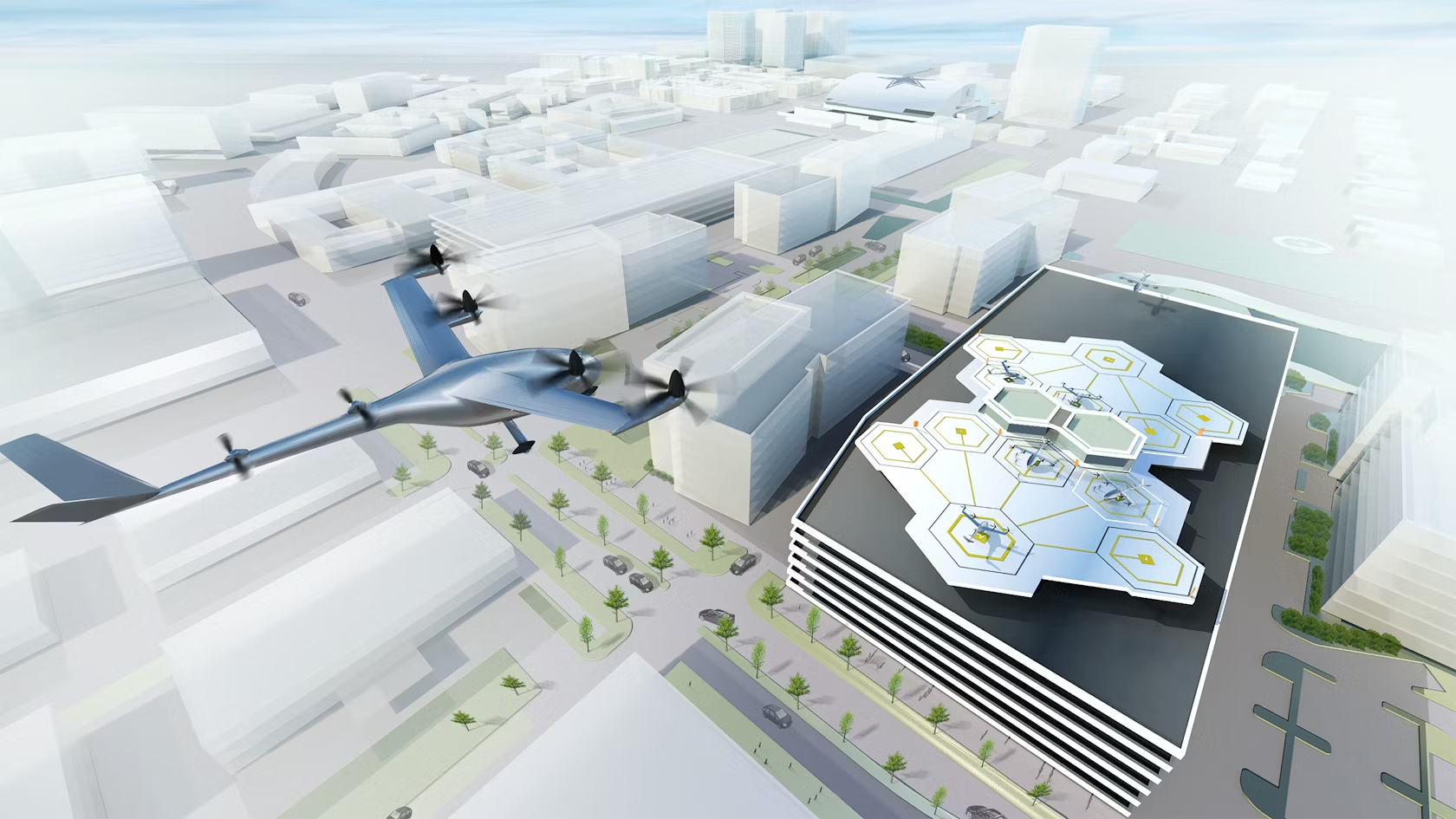In case you were getting tired of all the talk about driverless cars, Uber has made a new announcement that is bound to inject a fresh sense of excitement into urban analysts everywhere: The company is due to begin testing on-demand flying taxis within the next three years, according to the BBC.
Uber is teaming up with aviation companies including Embraer and Bell Helicopter to develop the technology, which is still largely unproven at a commercial scale. Those behind the scheme are targeting the 2020 World Expo in Dubai as the ideal event for unveiling what is being dubbed the “Uber Elevate Network.” Once prototypes are finalized, trials will be run in Dubai and the United States city of Dallas.
The electric vehicles will be similar to the drones we are familiar with today, taking off and landing vertically like a helicopter. In a statement, Uber boasted that its flying cars would have zero emissions and minimal noise, and said its ambition is to “enable customers in the future to push a button and get a high-speed flight in and around cities.”
This week’s announcement will undoubtedly have people envisioning a new urban landscape akin to sci-fi favorites like “Back to the Future” and “The Fifth Element.” While the futuristic cities depicted in these movies may still feel far-fetched, the prospect of flying cars should have architects and urban planners thinking about how cities may evolve in the coming decades.

Via CNN © Uber
The possible proliferation of flying vehicles raises the prospect of radically different urban infrastructure, fundamentally affecting how we design our streetscapes. Will rooftops become more convenient car parks, freeing up more space at ground level for pedestrians? Could parking bays be provided at every level of multistory apartment buildings and offices? Will we need to rethink the need for and design of highways, multilane roads and even public transport?
Where we’re going, we don’t need roads … Let us know your thoughts in the comments below.
Top image via CNN © Uber




